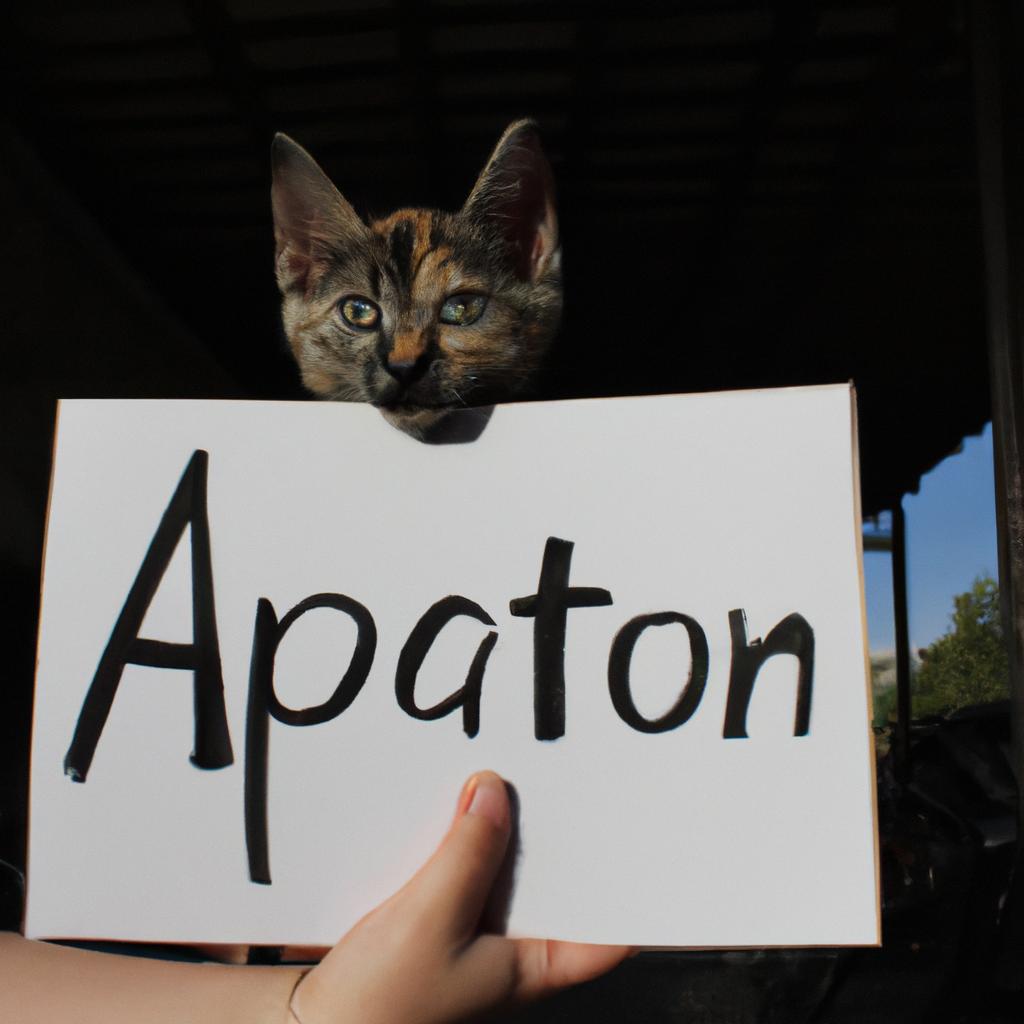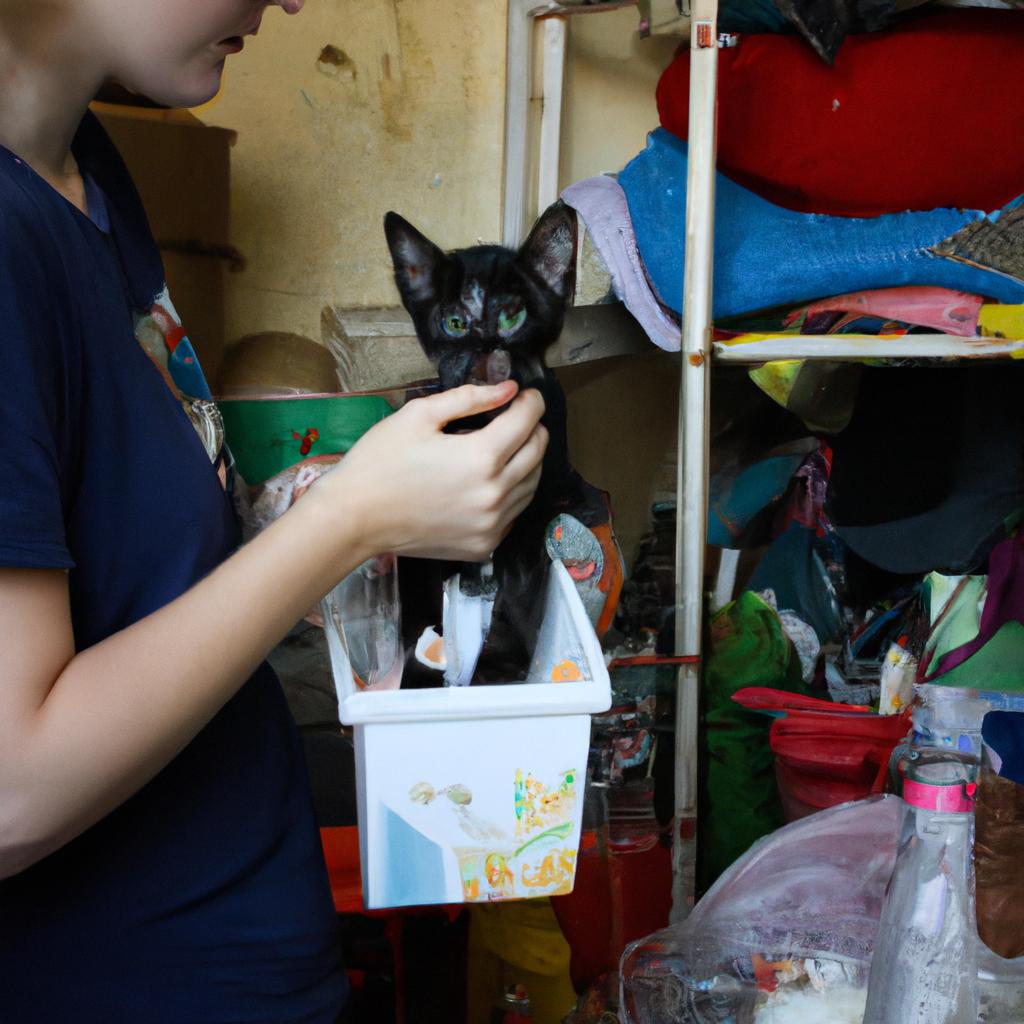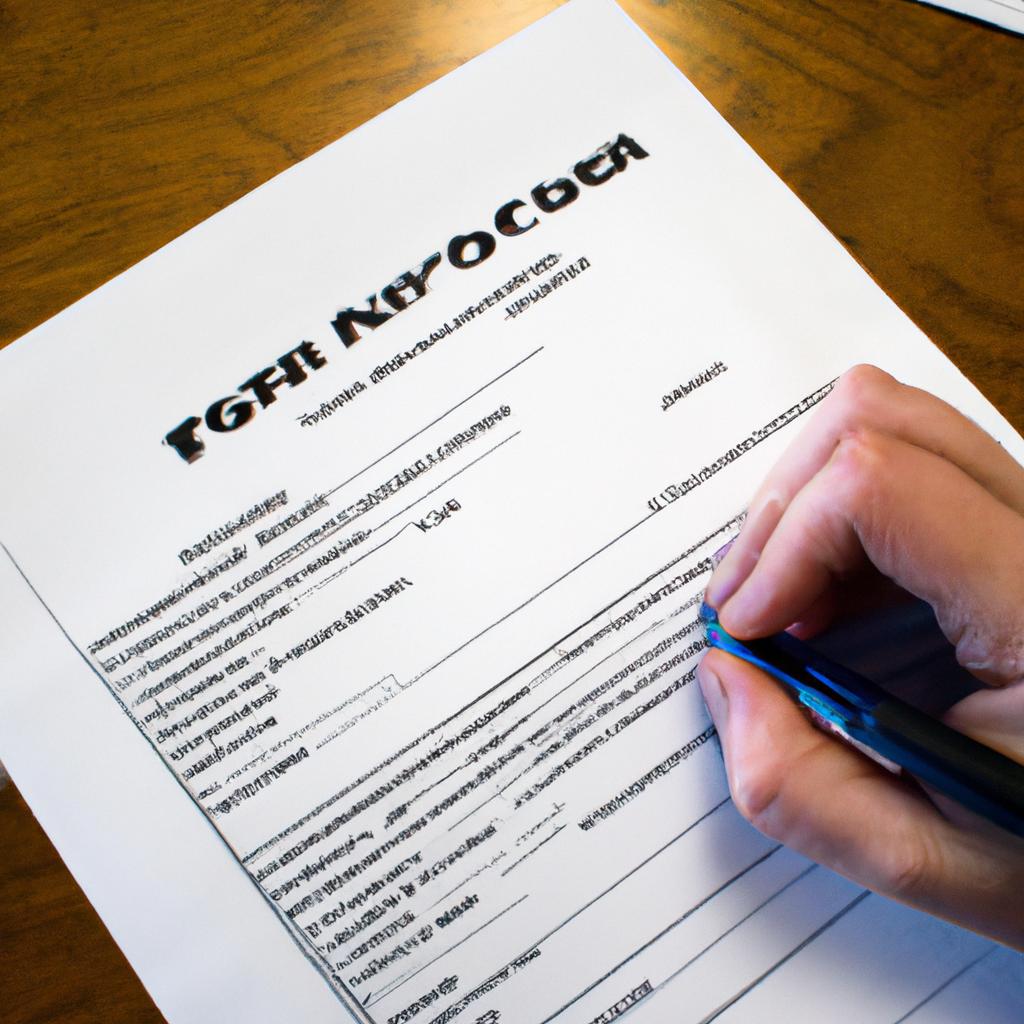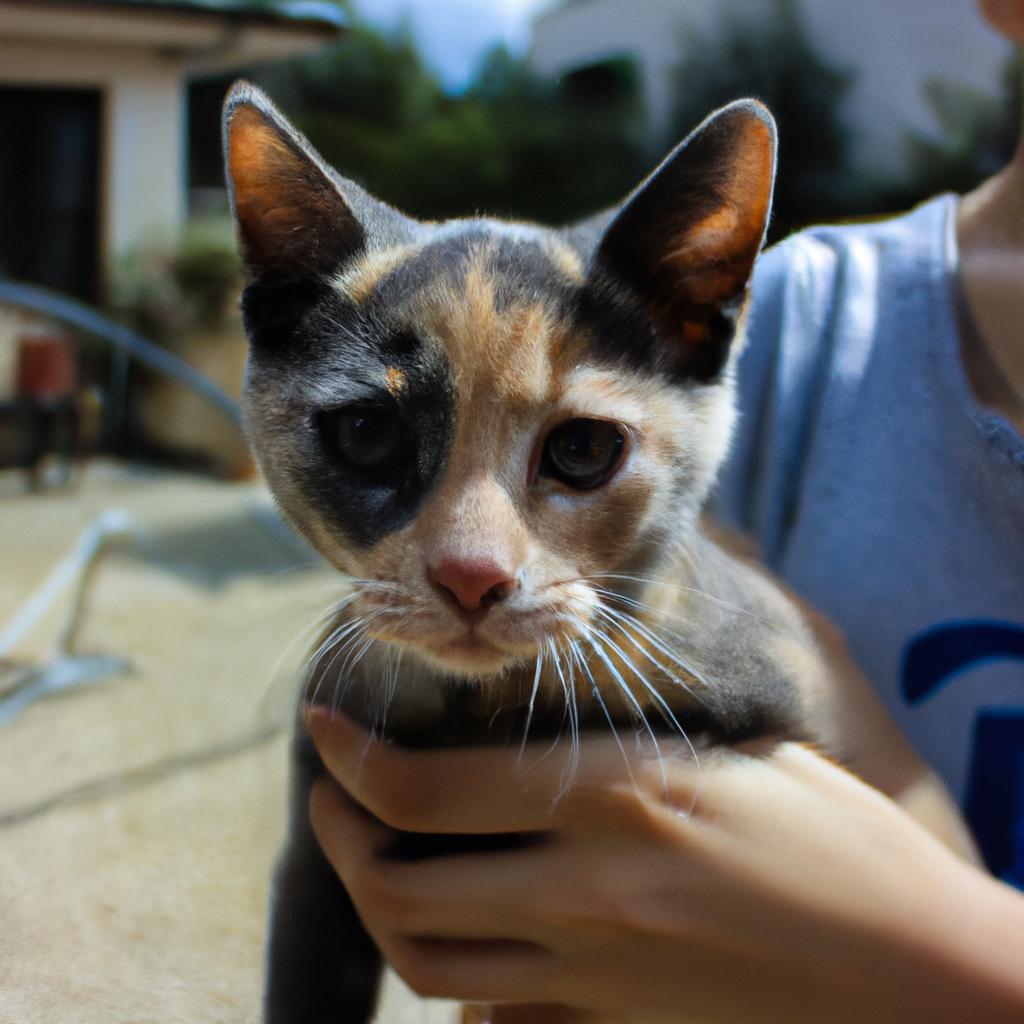Cat rescue foster care programs play a crucial role in providing temporary homes for cats in need. These programs serve as a bridge between the shelter environment and permanent adoption, offering cats a safe and nurturing space where they can thrive while waiting for their forever home. For example, consider the case of Luna, a stray cat found wandering the streets with no place to call home. Through a local foster program, Luna was placed in the care of a dedicated foster parent who provided her with love, attention, and proper medical treatment until she was ready for adoption.
In this article, we will explore frequently asked questions (FAQs) about cat rescue foster care programs. By addressing common concerns and misconceptions surrounding these initiatives, we aim to provide individuals with a comprehensive understanding of what it entails to become a foster parent for rescued cats. From discussing the application process and responsibilities involved to highlighting the benefits both for the cats and fosters themselves, this article aims to shed light on the important role that cat rescue foster care programs play in saving feline lives. Whether you are considering becoming a foster parent or simply seeking information about these programs, this article serves as an informative guide to help you navigate through your queries regarding cat rescue fostering.
What is a foster program for cats?
Imagine a stray cat named Bella, who was found roaming the streets alone and homeless. She lacks proper care, attention, and stability in her life. Luckily, Bella’s fate takes a positive turn when she is rescued by a local animal shelter that operates a foster program for cats.
A foster program for cats is an initiative designed to provide temporary homes for felines in need. These programs aim to address various situations such as overcrowding in shelters, medical rehabilitation needs, or simply providing a safe haven for abandoned or neglected cats until they find their forever homes. By placing these cats in foster care, they are given the opportunity to receive individualized attention, socialization, training if needed, and sometimes even specialized medical treatment.
Participating in a cat rescue foster care program offers numerous benefits not only to the cats themselves but also to those involved:
- Cats placed into foster homes experience improved physical health and emotional well-being.
- Foster parents gain personal fulfillment through helping vulnerable animals and witnessing their transformation.
- Shelters benefit from reduced overcrowding, allowing them to focus on long-term adoption efforts.
- Adopters can have better insights into the personalities and specific needs of the cats they consider welcoming into their families.
This collaborative effort between animal shelters, volunteers, and potential adopters makes it possible to give every rescued cat like Bella a chance at finding love and security within permanent homes. In the following section about “Who can become a cat foster parent?” we will explore how individuals can get involved in these programs and make a difference in the lives of these precious feline friends.
Who can become a cat foster parent?
Transitioning from the previous section, let us now explore who can become a cat foster parent. Becoming a foster parent to cats is an opportunity for individuals or families to provide temporary care and support to cats in need. By opening their homes and hearts, these foster parents play a crucial role in helping cats transition from difficult circumstances to finding forever homes.
One example of someone who became a cat foster parent is Jane, an animal lover with a flexible work schedule. Jane decided to join her local cat rescue organization’s foster program after learning about the high number of abandoned kittens in her community. She underwent training provided by the organization on how to properly care for and socialize feline companions, ensuring that she was well-prepared before taking any cats into her home.
To further illustrate the importance of becoming a cat foster parent, consider the following benefits:
- Fostering provides cats with a safe and nurturing environment during their transition period.
- It helps alleviate overcrowding in shelters, allowing more space and resources for other animals in need.
- Fostered cats have higher chances of being adopted as they receive personalized attention and socialization.
- The emotional fulfillment gained from knowing you played a significant part in saving lives and making positive changes for these vulnerable creatures.
| Benefit | Description |
|---|---|
| Safe & Nurturing Environment | Cats placed in foster care enjoy individualized attention, love, proper nutrition, medical care if needed, and socialization within a home setting. |
| Alleviating Overcrowding | By fostering cats, one lessens the burden on animal shelters struggling with limited space and resources. |
| Increased Adoption Success | Cats receiving personalized care tend to be better adjusted socially, increasing their chances of finding permanent homes. |
| Emotional Fulfillment & Positive Impact | Playing an active role in rescuing and rehabilitating homeless cats brings immense satisfaction and makes a difference in their lives. |
By becoming a cat foster parent, individuals or families contribute greatly to the welfare of cats in need. The next section will delve into how the cat foster program works, explaining the steps involved from bringing a cat home to finding them a forever family.
How does the cat foster program work?
Understanding who can become a cat foster parent is an important first step. Once you have determined your eligibility, you may be wondering how to actually apply and get involved in a cat foster program. This section will provide guidance on the application process and requirements.
To illustrate the steps involved, let’s consider a hypothetical example of Jane, who recently decided to become a cat foster parent. Jane begins her journey by researching local animal shelters and rescue organizations that offer cat foster programs. She discovers “Pawsitive Paws Rescue” and decides it aligns well with her values and goals.
Applying for the “Pawsitive Paws Rescue” cat foster program involves several key steps:
-
Initial Inquiry: To express her interest, Jane fills out an online inquiry form or contacts the organization via phone or email. The initial communication allows Jane to learn more about the program and ask any questions she might have before committing.
-
Application Submission: After completing the initial inquiry, Jane proceeds with submitting a formal application provided by “Pawsitive Paws Rescue.” This application typically requests personal information, references, experience with pets, availability, and preferences regarding the types of cats she would like to foster.
-
Home Visit: As part of their screening process, many cat foster programs require a home visit to assess the suitability of potential foster homes. A representative from “Pawsitive Paws Rescue” schedules a convenient time to visit Jane’s home to ensure it provides a safe environment for cats.
-
Training and Orientation: If approved after the home visit, Jane attends training sessions conducted by “Pawsitive Paws Rescue.” These orientation sessions cover topics such as basic care techniques, handling special needs cats if applicable, emergency procedures, and guidelines for reporting progress or concerns about each fostered cat.
Becoming a part of a cat foster program involves these steps to ensure the well-being of both the foster parent and the cats. Once Jane completes this process, she will be considered an official cat foster parent for “Pawsitive Paws Rescue.”
What are the responsibilities of a cat foster parent?
Having explored how the cat foster program operates, let us now delve into the responsibilities of a cat foster parent. To illustrate these responsibilities, consider the case study below.
Case Study:
Meet Sarah, a dedicated volunteer who has recently become a cat foster parent. She opens her home and heart to vulnerable feline friends in need of temporary care and love. Sarah’s journey as a foster parent sheds light on the essential tasks involved in this role.
Responsibilities of a Cat Foster Parent:
-
Provide Shelter and Basic Needs:
- Ensure that each fostered cat has access to clean water, proper nutrition, and comfortable living conditions.
- Create a safe space within your home where cats can relax, play, and rest undisturbed.
- Regularly clean litter boxes to maintain hygiene and prevent health issues.
-
Attend to Medical Care:
- Schedule veterinary appointments for vaccinations, check-ups, or any necessary treatments.
- Administer medication as prescribed by veterinarians under their guidance.
- Monitor the health of each cat carefully and promptly report any concerns or changes in behavior.
-
Socialize and Nurture:
- Spend quality time with the foster cats daily to build trust and provide companionship.
- Engage them in interactive play sessions to stimulate mental activity and physical exercise.
- Gradually introduce new experiences, such as meeting other pets or encountering different environments (e.g., car rides) to help socialize them effectively.
-
Communicate with Rescue Organizations:
- Maintain regular communication with the rescue organization responsible for coordinating fostering efforts.
- Report updates about each cat’s progress, behavior patterns, eating habits, medical needs, etc.
- Collaborate with rescue organizations regarding adoption events or potential adopters interested in your fosters.
Table: Emotional Impact
| Emotions Experienced | Examples |
|---|---|
| Joy | Witnessing the transformation of a timid cat into a confident and loving companion. |
| Empathy | Providing temporary refuge for cats who have experienced neglect or abandonment. |
| Fulfillment | Knowing that your efforts directly contribute to saving feline lives and finding them forever homes. |
| Pride | Celebrating successful adoptions, knowing you played an integral role in matching cats with loving families. |
Participating in a cat foster program can be immensely rewarding both emotionally and personally.
What are the benefits of participating in a cat foster program?
Responsibilities of a Cat Foster Parent
As mentioned earlier, cat foster parents play a crucial role in providing temporary care for cats until they find their forever homes. Let’s take a look at the responsibilities that come with being a cat foster parent.
One example of a cat foster parent’s responsibilities is ensuring the overall well-being and health of the fostered cats. This includes providing them with proper nutrition, regular veterinary check-ups, and any necessary medical treatments. For instance, if a fostered cat requires medication or has special dietary needs, it becomes the responsibility of the foster parent to administer these requirements.
In addition to physical care, socialization plays an essential role in preparing cats for adoption. A key responsibility of cat foster parents is actively engaging with the cats on a daily basis by providing ample playtime, affectionate interactions, and exposure to different environments. By doing so, they help develop the cats’ trust in humans and improve their chances of successful integration into their future permanent homes.
To better understand the scope of responsibilities held by cat foster parents, let’s explore some common tasks performed:
- Providing clean litter boxes and maintaining good hygiene within living spaces.
- Monitoring behavioral changes or any signs of illness in order to address any potential issues promptly.
- Assisting in finding suitable adopters by attending adoption events or promoting available cats on various platforms.
- Offering support during transition periods when new families adopt previously fostered cats.
Here is an emotional bullet point list highlighting why becoming a cat foster parent can be so rewarding:
- Make a positive impact on homeless animals’ lives.
- Help prepare cats for loving forever homes.
- Experience the joy of seeing your fosters thrive and find happiness.
- Create lasting relationships with fellow animal lovers through fostering communities.
Furthermore, consider this three-column table demonstrating how fostering benefits not only the individual but also society as a whole:
| Individual Benefits | Animal Welfare | Community Impact |
|---|---|---|
| Sense of fulfillment | Reduces overcrowding in shelters | Decreases euthanasia rates |
| Emotional support | Provides individual attention | Saves taxpayer money spent on shelter costs |
| Opportunity for personal growth | Increases chances of adoption | Builds a network of caring individuals |
In conclusion, being a cat foster parent involves providing essential care and socialization to cats in need. By taking up this responsibility, you contribute to improving their overall well-being and increase their chances of finding permanent homes. If you are interested in getting involved with a cat foster program, let’s explore how you can take the next steps.
Now that we have discussed the responsibilities associated with being a cat foster parent, let’s move on to exploring how you can get involved in a cat foster program.
How can I get involved in a cat foster program?
Benefits of Participating in a Cat Foster Program
One example that showcases the benefits of participating in a cat foster program is the story of Sarah, a passionate animal lover who decided to become a foster parent for cats. After signing up for a local rescue organization’s foster program, Sarah was assigned her first foster kitty named Whiskers. Initially timid and scared due to past trauma, Whiskers slowly began to trust Sarah and feel safe in her care. Over time, with love and patience, Whiskers blossomed into a confident and happy feline ready for adoption.
Participating in a cat foster program can bring about numerous advantages for individuals interested in making a positive impact on animal welfare:
- Saving lives: By fostering cats, you directly contribute to reducing overcrowding in shelters and providing temporary homes for vulnerable animals until they find their permanent families.
- Emotional fulfillment: Witnessing the transformation of frightened or neglected cats into well-adjusted companions can be an incredibly rewarding experience, offering a sense of purpose and satisfaction.
- Learning opportunities: Fostering allows you to gain practical knowledge about cat behavior, healthcare needs, and training techniques while receiving guidance from experienced professionals within the rescue organization.
- Flexibility: Unlike adopting permanently, fostering provides flexibility as it allows you to choose how many cats you want to care for at any given time and determine your availability based on personal circumstances.
| Benefit | Description |
|---|---|
| Saving Lives | Reduce overcrowding in shelters by providing temporary homes |
| Emotional Fulfillment | Experience joy seeing scared or neglected cats transform into confident companions |
| Learning Opportunities | Gain knowledge about cat behavior, healthcare needs & receive guidance from experienced mentors |
| Flexibility | Choose number of cats cared for at once & adjust availability based on personal circumstances |
In summary, participating in a cat foster program offers invaluable benefits such as saving lives, experiencing emotional fulfillment, gaining knowledge about cat care, and enjoying flexibility in terms of commitment. By becoming a foster parent to cats like Whiskers, you can make a significant difference in their lives while also enriching your own.




